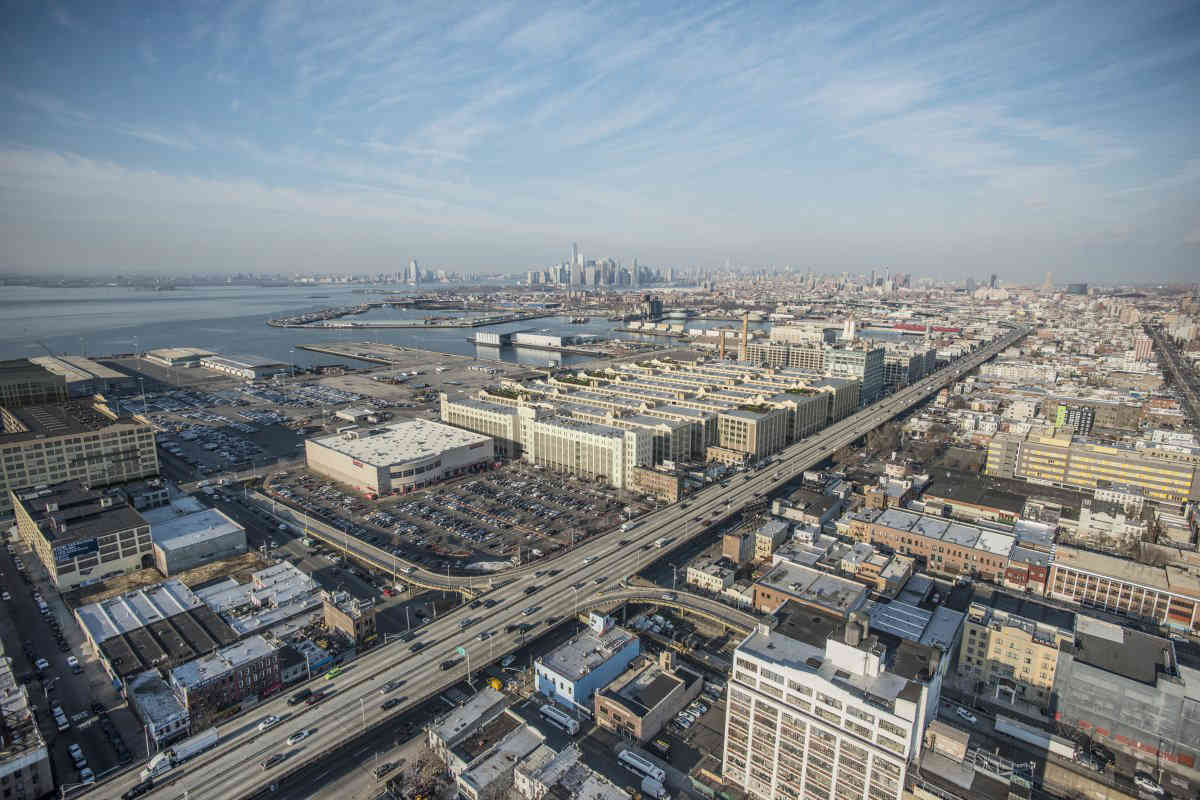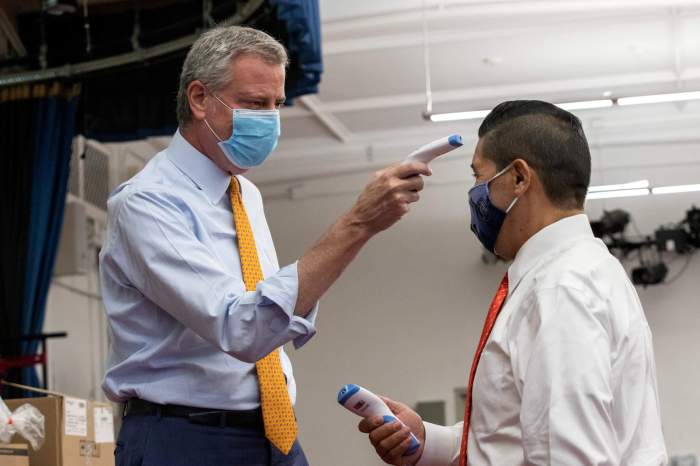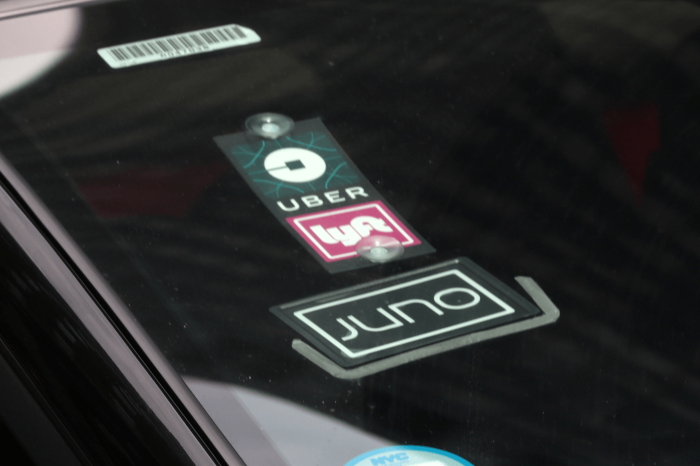About six weeks ago, I wrote about how “dumb money” startup companies hoping to “disrupt” urban transportation, office, and housing markets often end up wrecking parts of the city and losing all their investors’ money. The column was written in the aftermath of two Revel scooter riders being killed on streets, and the company temporarily pulling the scooters out of New York City. Less than two months later, the scooters are back.
This week, the CEO of Sunset Park’s Industry City announced that the already-hip light industrial complex was pulling back from its controversial plan to seek a rezoning to allow more business and retail space. Industry City had previously pressed forward with their efforts despite the opposition of Carlos Menchaca, the local city councilmember. Only after ten state and federal representatives from Brooklyn announced their opposition to the proposed change did Industry City withdraw.
But what is truly going to disrupt the transportation, office, and housing markets of New York is making the Industry City deal — or even the planned and then cancelled Amazon HQ2 in Long Island City less than two years ago — look like a tiny tide next to a massive tsunami.
For many years, the largest and most dominant industries in New York City were referred to as FIRE: Finance, Insurance, and Real Estate. The biggest and most prestigious chunk of the real estate industry was Class A commercial real estate, which housed the offices of the finance companies and other companies that relied upon them, and that high-grade real estate frequently absorbed the packaged investments of those firms as well.
The ground floors of those large buildings were frequently occupied by large “flagship retail” destinations that currently seem to be dying out almost as fast as large reptiles did 65 million years ago.
New York City’s Class A commercial real estate, previously the most expensive in the country, is not just those stores and those offices — they are also most of the skyline of the city and a keystone for much of its tax base, what with all the very rich people who used to work in them and frequently made their money investing in its continued existence.
All of that is gone now and the rich and powerful seem inclined to never go back to the office again. I don’t blame them. But as the large white-collar office and the department store are completely disrupted, the demand for this space will drop significantly, and many of those buildings are over-leveraged with debt.
Remember WeWork or The Wing? On their way out. The disruptors have become the disrupted, and now our city’s finances will be disrupted.
I was wrong to compare Industry City to a tide earlier and post-COVID, a tsunami. Perhaps the commercial real estate market in New York is like the Titanic, and Industry City was the deck chairs. Brace yourselves: it’s going to get darker and colder.
Nick Rizzo is a Democratic District Leader representing the 50th Assembly District and a political consultant who lives in Greenpoint. Follow him on Twitter @NickRizzo.























